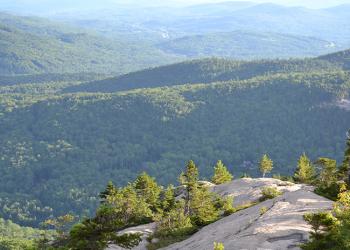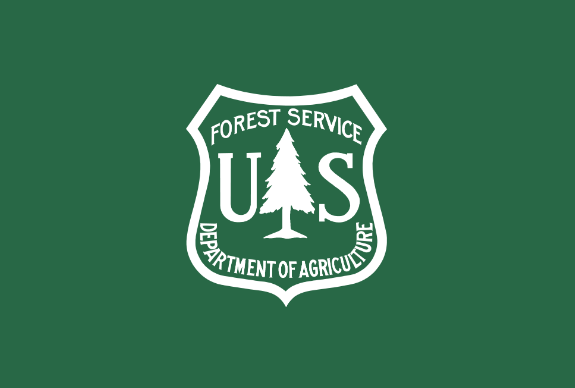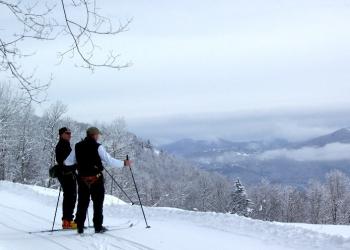Welcome to White Mountain National Forest
From mountainous hardwood forests to majestic alpine peaks. Explore the breathtaking scenery, clear mountain lakes and streams, wildlife, and outdoor recreation opportunities year-round.
Recreation Opportunities
Discover A Rich History of HikingHiking opportunities abound on the Forest from easy strolls into the wooded environment to challenging climbs above…
The White Mountain National Forest and White Mountains region is a fantastic place for scenic driving and one of the most popular activities for…
Winter recreation opportunities are exceptional on the White Mountain National Forest. The WMNF offers developed and undeveloped opportunities for…






